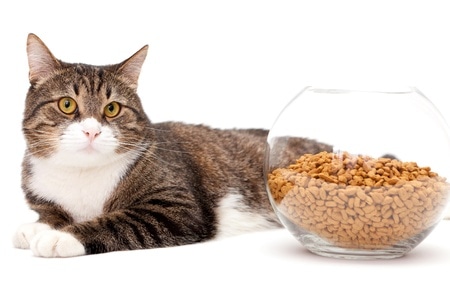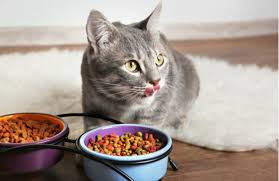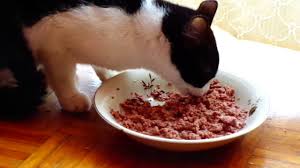Bringing home a cat is so exciting and appealing. Whether the cat or kitten is your first or just an addition to the pet family, it will be wholly reliant to you, especially on easing its transition from being a mother cat’s side or animal living quarters to a strange new place. Keeping it happy and safe takes so much planning, as well as patience for everyone at home. There are actually some effective ways to make your cat feel at home. Give this article a read and get to learn more about these.
The Ride Home

If you are riding in a car with your new cat, it may be a bit traumatic for your new baby. The cat or kitten must be confined to a transporter during the ride home, as well as during the succeeding visits to the vet. Furthermore, you should not let your cat loose in a moving vehicle or allow someone to excite it. Moreover, you also should not leave the cat unattended in the stop due to visiting or in the car. You must always keep your cat on its carrier, up until you are already safe inside your house.
The New Home
You need to consider the past experiences of the new cat. The cat or kitten might have been just recently parted from its litter mates and mother. The cat or kitten needs to cope up with the transition of home, as well as the stress. Moreover, the adult cat might have been parted from its familiar home. As well as forced to breaking a bond with some other animals or human companions. Now, it must adjust once more to a totally new surroundings.
You must allow your cat a few weeks to adapt to its new surroundings. During this particular period, the cat or kitten must carefully be confined indoors. It needs to get accustomed to you as its provider of love, food, or shelter. Make sure that all the doors and windows are closed and all the screens are well secured. Remember, a scared cat may easily get out of an open window. Different animal advocates and organizations advocate to keep cats indoors for their whole lives. However, if it is your choice to eventually let your cat outside, it is domineering that it stays totally indoor for a whole month.
Furthermore, it isn’t that uncommon for cats to show behavioral issues during the first days at home. However these typically vanish over the course of time. Moreover, the new kittens and cats often bolt under furniture. Additionally, some might also spend times hiding. Talk to the cat patiently and quietly. If you need to take the cat out of its hiding place, you should carry it gently to a quiet place where it’ll feel secure and safe. Make sure that litter box, water and food are nearby.
Ways To Make Your Cat Feel At Home
Here are some ways to make your cat feel at home:
Litter Box
Sometimes, cats naturally want their own presence to be known. Sometimes, they want to be hidden as well. However, the fact is, each time a cat goes into the litter box, they leave a track of scent, which can serve as a means of them communication. Therefore, it is not that uncommon to relive themselves in various locations, as well as reserve certain spots for certain duties.
Feeding
In order to create a calm environment for feeding, you need to consider the type of dish you are going to use and where to place it. Due to the fact that cats use their whiskers to communicate, navigate, and measure openings, a dish which causes its whiskers to bend may be so irritating. Rather, use a shallow plate or dish with shorter sides. Through this way, your cat may grab bits of the kibble without even touching its whiskers.
Scratch Posts

It is a huge need for cats to scratch. In fact, when a cat scratches, the old outer nail sheath is getting pulled off. Further, the sharp, smooth claws underneath will be exposed. Cutting the cat’s nails per 2-3 weeks may keep them fairly blunt. Moreover, they are also less likely to harm its arms. You need to provide your cat with a strong scratching post. It must be at least 3 feet high and is strong enough to wobble during its use. Further, it should also be rough on the outside.
Hideouts
While roaming their territory, it is common for cats to hide in nature. There are various interesting choices that play into the cat’s desire to see without even actually being seem. Further, play tunnels are made of insulating fabrics and may double as a bed. Moreover, your cat may spend time under the bed or on a chair.
Connecting to the outside world.
Due to the fact that there are so many dangers outside the house, exposure to diseases and other risky stuff, we do not really condone outdoor cats. That is not to say indoor cats must always be sealed at home. You can let your cat go and explore the outside world. But supervise it very well.
Perches
Naturally, cats take the trees. This is what keeps them hidden from predators. Further, these also gives them the right vantage for the surveying of their own opportunistic hunting and territory. In order for you to introduce this to your cat, you should increase the vertical space in your home with the cat tress or cat clouds.
There you have it –the different ways to make your cat feel at home! So, if you want to add a new companion to your home, cat’s a good one to choose! Plus, you already know how to take care of it when you get one.

































